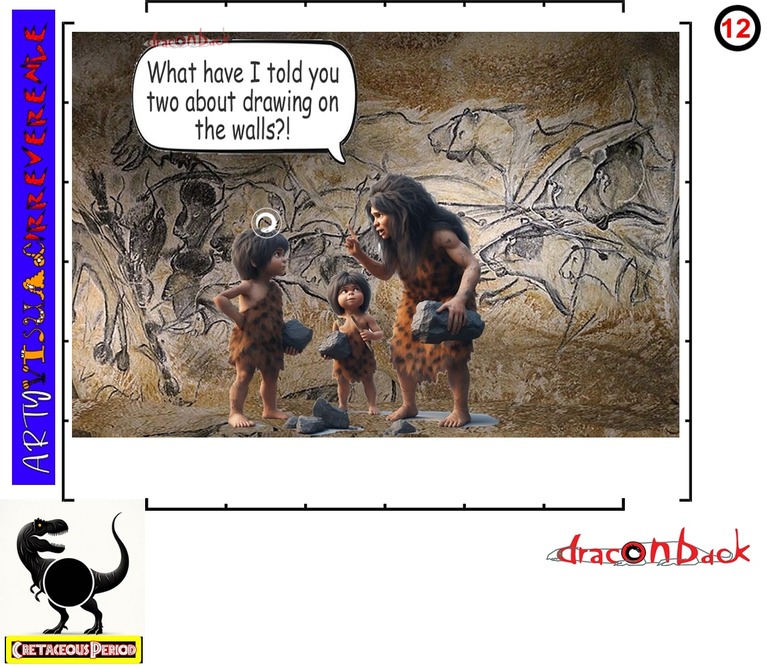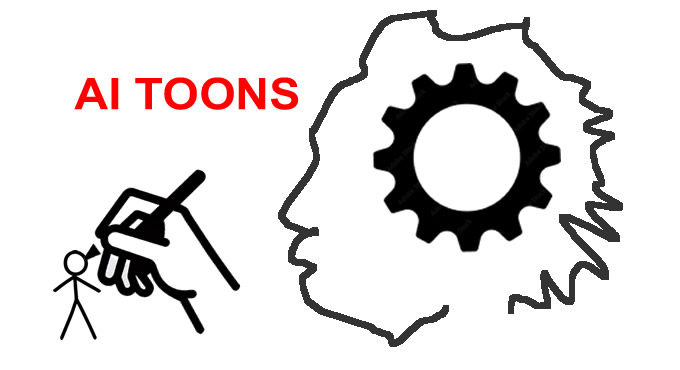

AI-assisted comic creations by  |
 |
|
|
X-rays have revolutionized the study of ancient cave art by enabling researchers to analyze these delicate images from antiquity without causing damage. Techniques like X-ray fluorescence (XRF) and X-ray diffraction (XRD) allow scientists to examine the chemical composition and crystalline structure of pigments used in the artwork. This helps uncover details about the materials and methods employed by ancient artists, offering insights into their culture and technology. For instance, the artists of Chauvet (of approximately 33,000 to 30,000 BCE) and Lascaux caves (of approximately 33,000 to 30,000 BCE), in what is now France, used mineral-based pigments to create their stunning images. Common materials included:
These pigments were often mixed with water, animal fat, or plant juices to create paints. Tools like brushes made from animal fur, moss, or hollow bones were used for application, and techniques like blowing pigments through tubes created shading effects Additionally, advanced X-ray scanners have been developed to study cave art in remarkable detail, aiding in its preservation by identifying vulnerabilities and preventing deterioration. These non-invasive methods ensure that the integrity of these priceless artifacts is maintained while revealing their hidden secrets. Cro-Magnon (early Homo sapiens) and Neanderthal cave art show intriguing differences and similarities. Cro-Magnon art, dating from roughly 40,000-10,000 years ago, features sophisticated polychromatic paintings with dynamic animal scenes, handprints, and occasional human figures, particularly in sites like Lascaux and Altamira. Neanderthal art, while more limited and abstract, includes geometric engravings, hand stencils, and possibly some simple animal representations, challenging earlier beliefs that Neanderthals lacked symbolic capabilities. Some caves contain engravings or paintings that appear to interact with the natural contours of the rock, with the shapes of outcrops or undulations in the stone incorporated into the depictions of the animals suggested by the natural rock. I have wondered whether more sophisticated early artists may also have strategically positioned their art relating it to other aspects of cave topography, correlating certain animal species with specific cave formations. Bulls, bison, and horses—animals potentially associated with masculine traits due to their strength and vitality—might, for instance, appear near phallic-shaped rock formations, while deer, ibex, bear and felines—possibly linked to feminine characteristics through associations with fertility and nurturing—might have been positioned near yonic-shaped areas, suggesting an integration of symbolic thinking connecting animal imagery, gender concepts, and cave geology in prehistoric spiritual practices.
|
|||||||||||||||||||||||||||||||||||||||||
 |
 |
 |
 |
 |
|---|